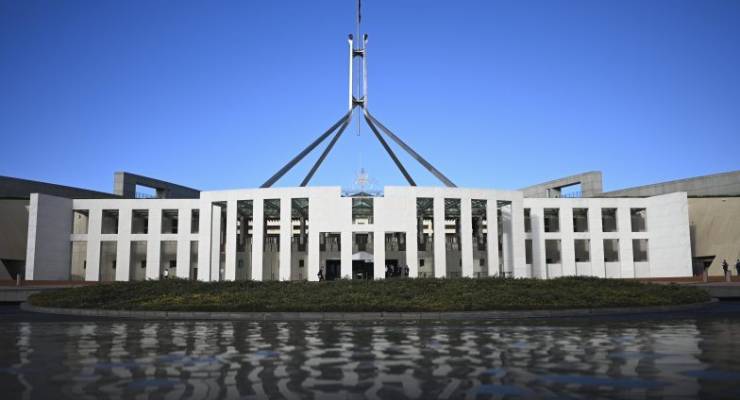
Budget Surplus
2018-19 (the current year): deficit of $4.2 billion ($5.2 billion in MYEFO)
2019-20: surplus of $7.1 billion (up from $4.1 billion in December MYEFO)
2020-21: $11 billion (down from $12.5 billion in MYEFO)
Spending
2018-19: $482.7 billion (down from $483.4 billion in MYEFO); 24.9% of GDP
2019-20: $493.3 billion ($497.4 billion in MYEFO); 24.6% of GDP
2020-21: $511.3 billion ($513.0 billion in MYEFO); 24.6% of GDP
Tax*
2018-19: $448.8.1 billion ($447.6 billion in MYEFO, $440.5 billion in last year’s budget); 23.1% of GDP
2019-20: $466.4 billion ($466.6 billion in MYEFO, $465.5 billion in last year’s budget); 23.3% of GDP
2020-21: $486.4 billion ($491.2 in MYEFO, $491 billion in last year’s budget); 23.4% of GDP
*doesn’t include other revenue
Economic forecasts for 2019-20
GDP: 2.75% (down from 3% in MYEFO); 2.75% in 2020-21 (also down from 3%)
Unemployment rate: 5% all the way to 2022-23 (unchanged)
CPI: 2.25% (unchanged)
Nominal GDP: 3.25% (3.5%)
Terms of trade: -5.25% (-6%)
Household consumption: 2.75% (3%)
Dwelling investment -7% (-4%)
Wage price index: 2.75% (down from 3%)
Business investment: 5% (unchanged)








So their tax as a % of GDP doesn’t actually reduce by more than a rounding error. Well worth highlighting.